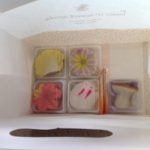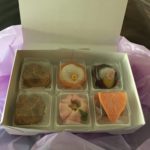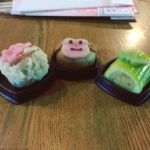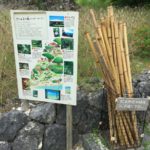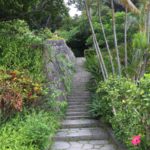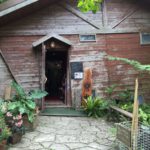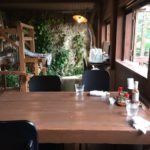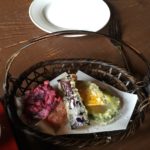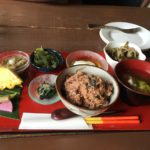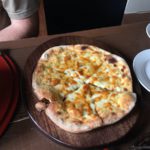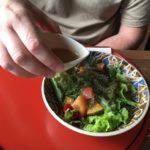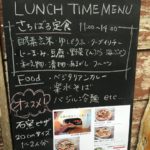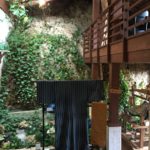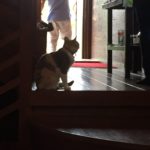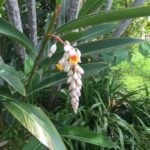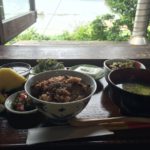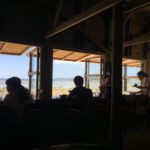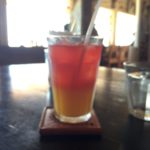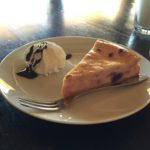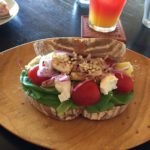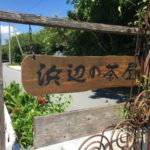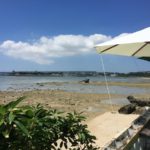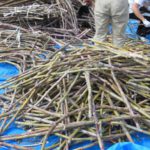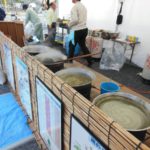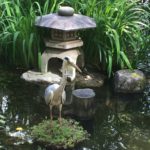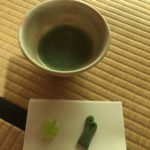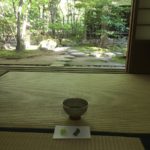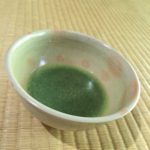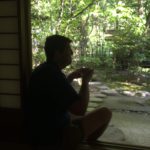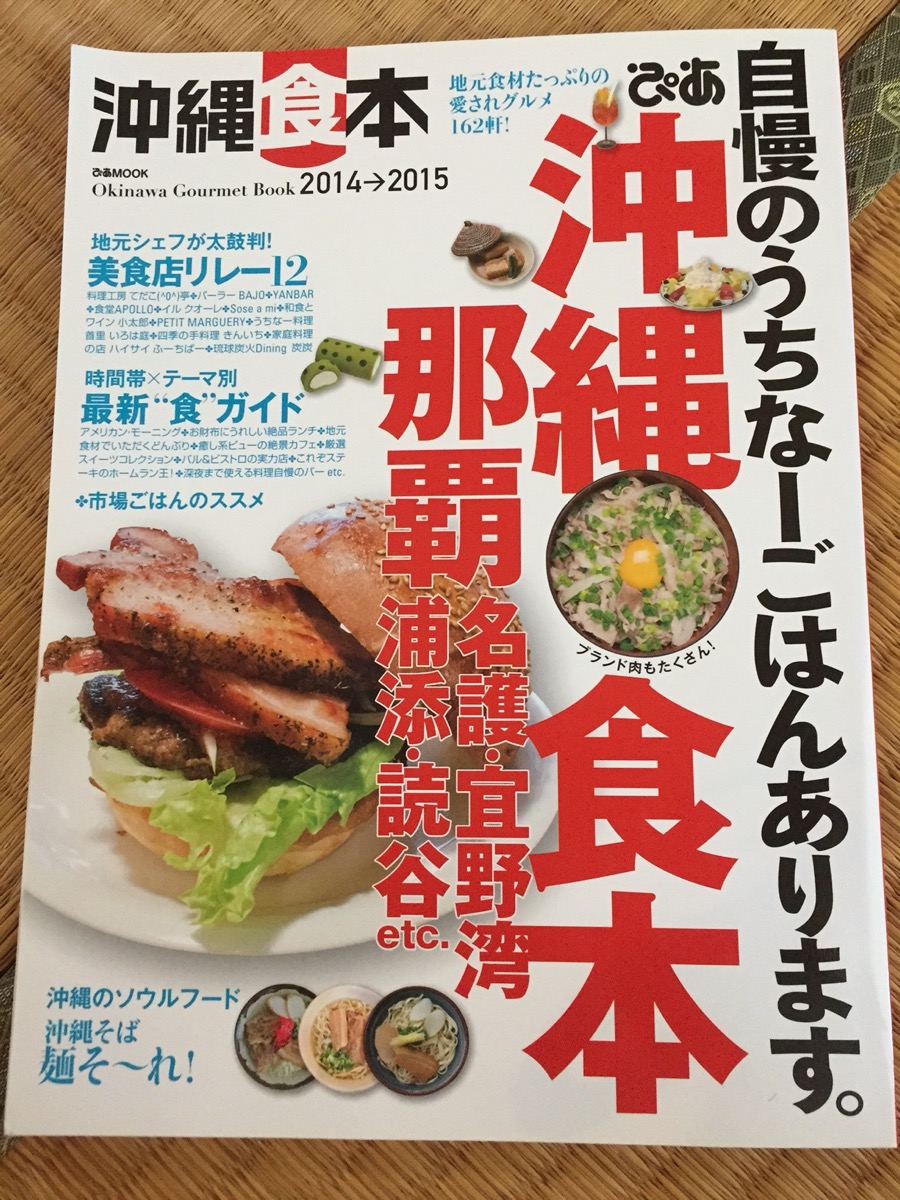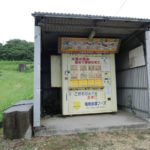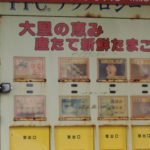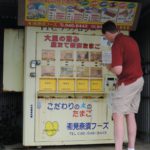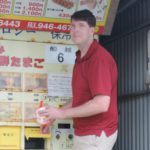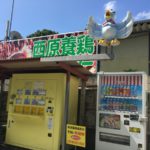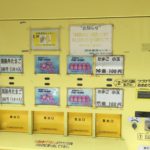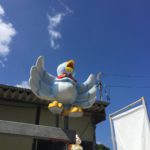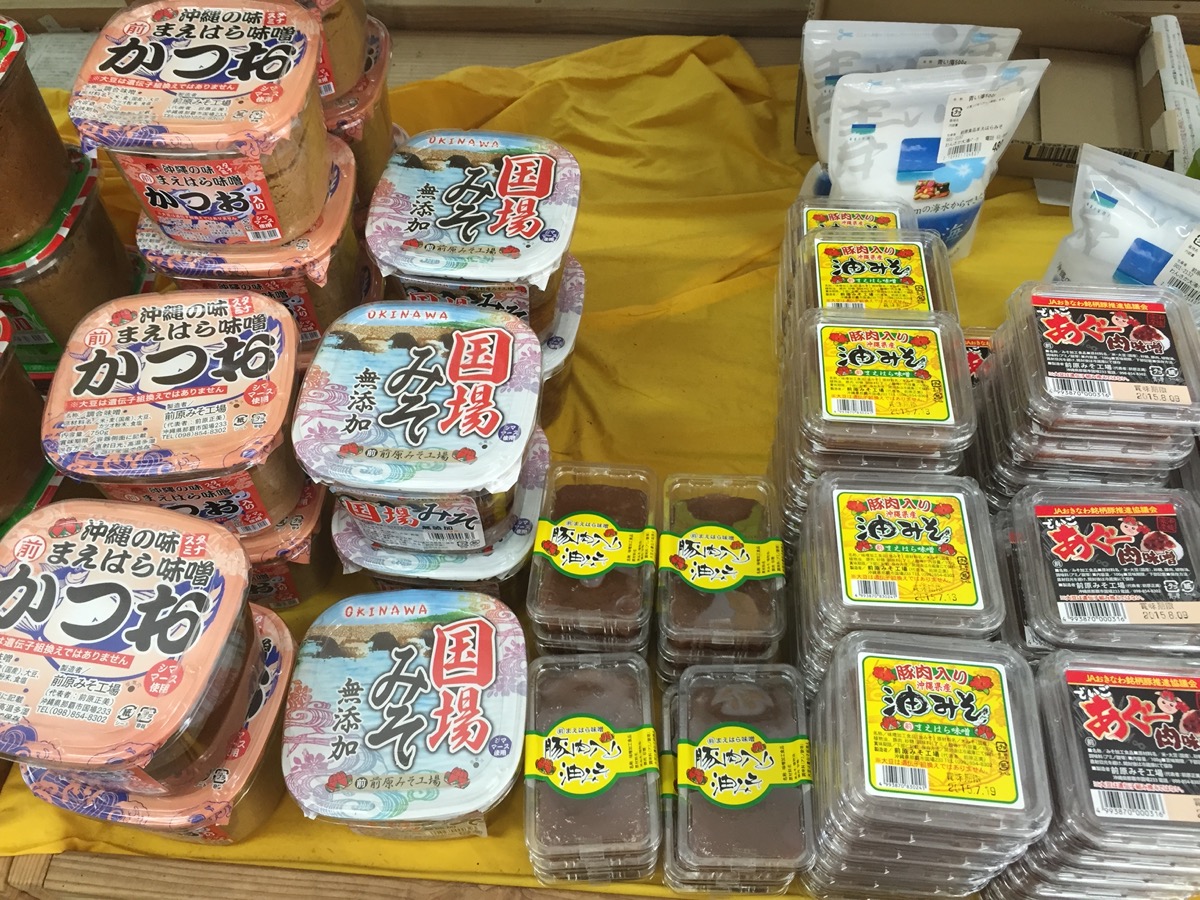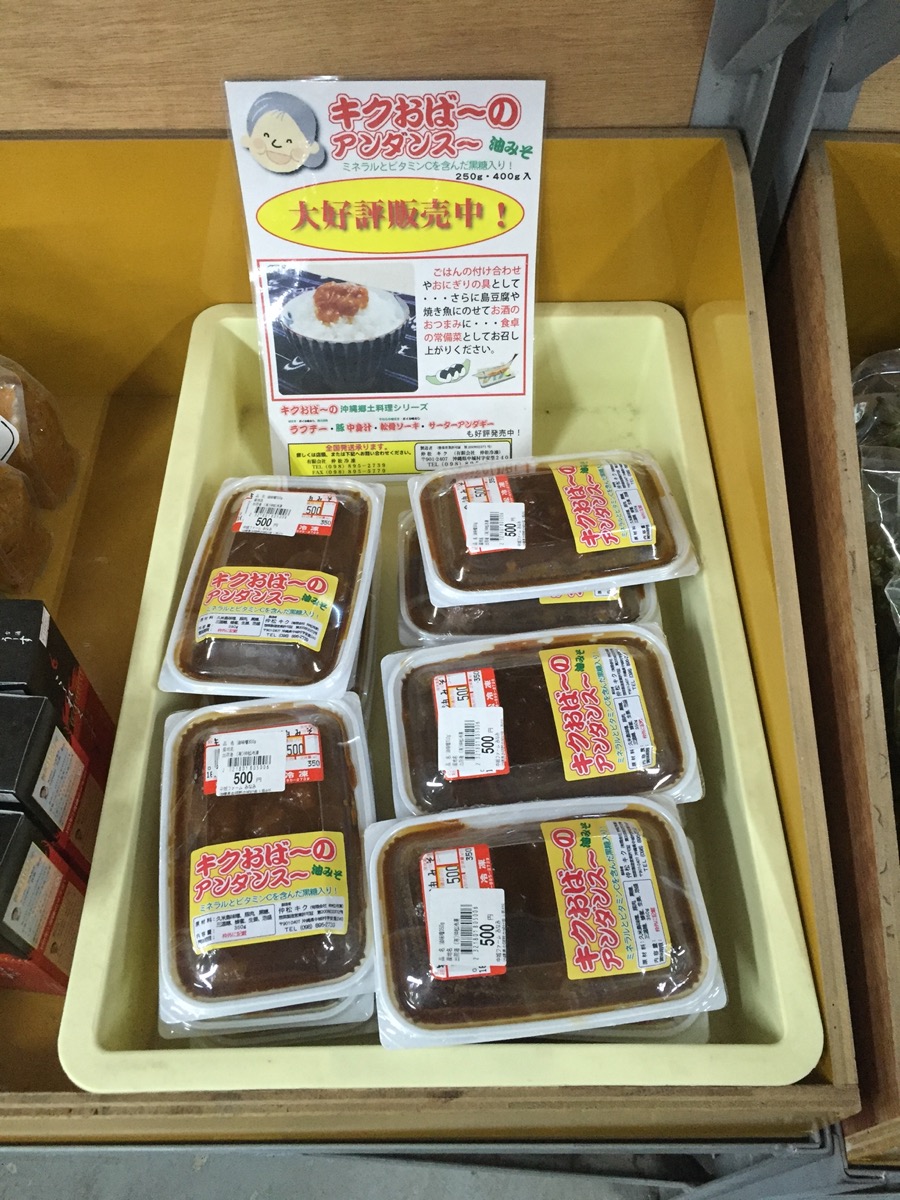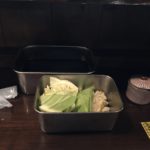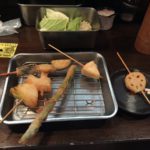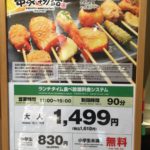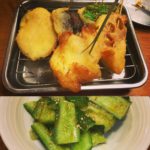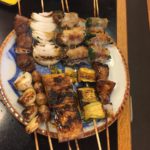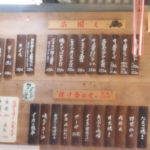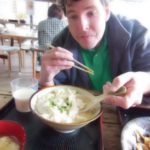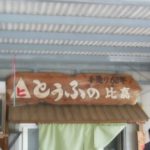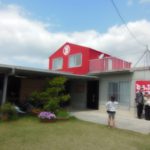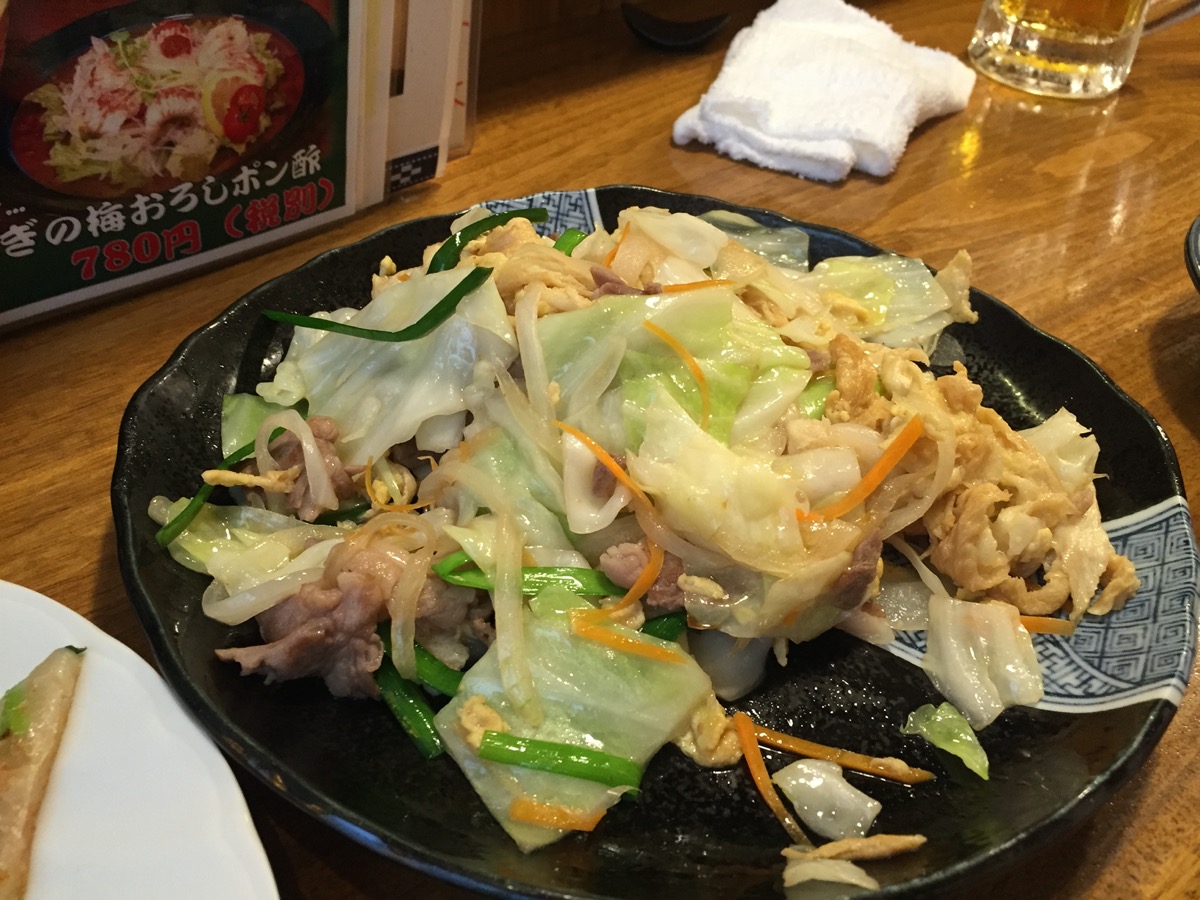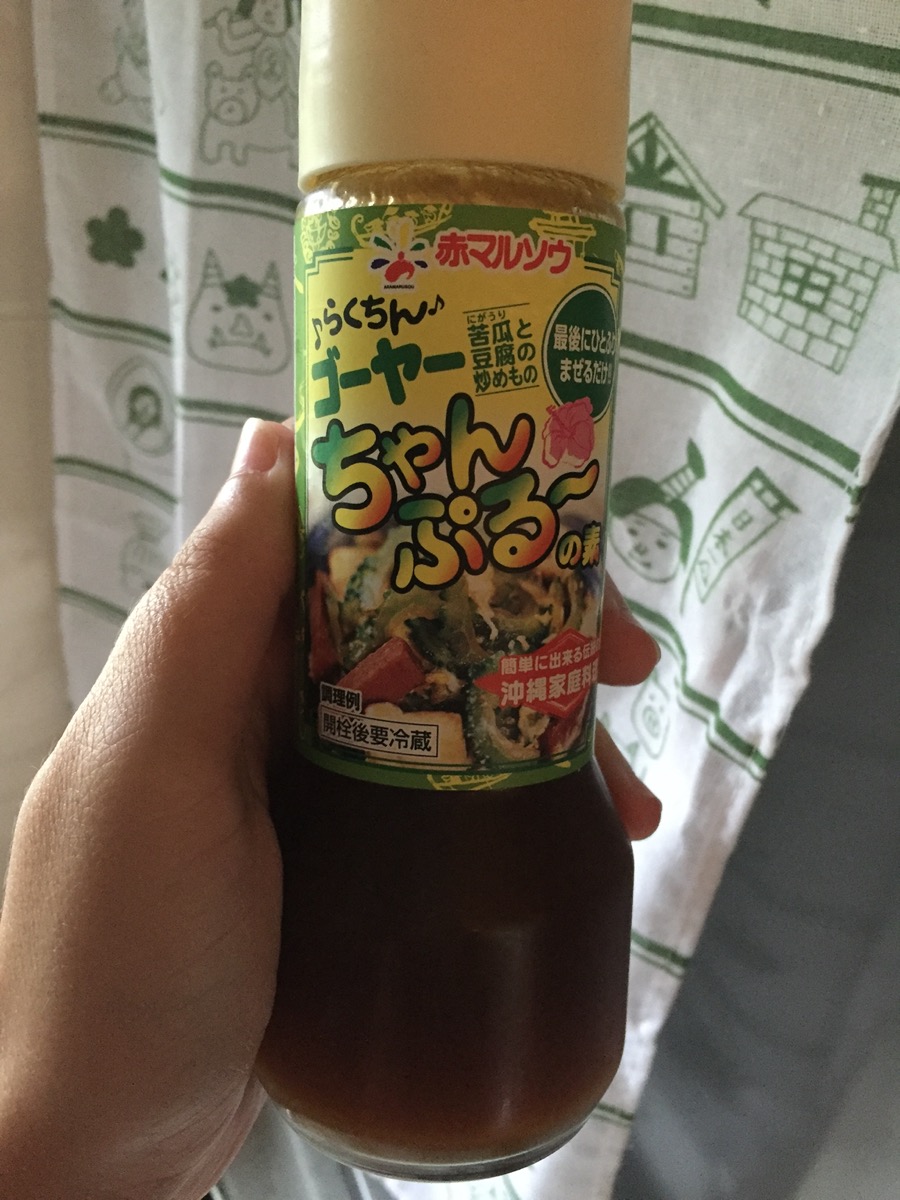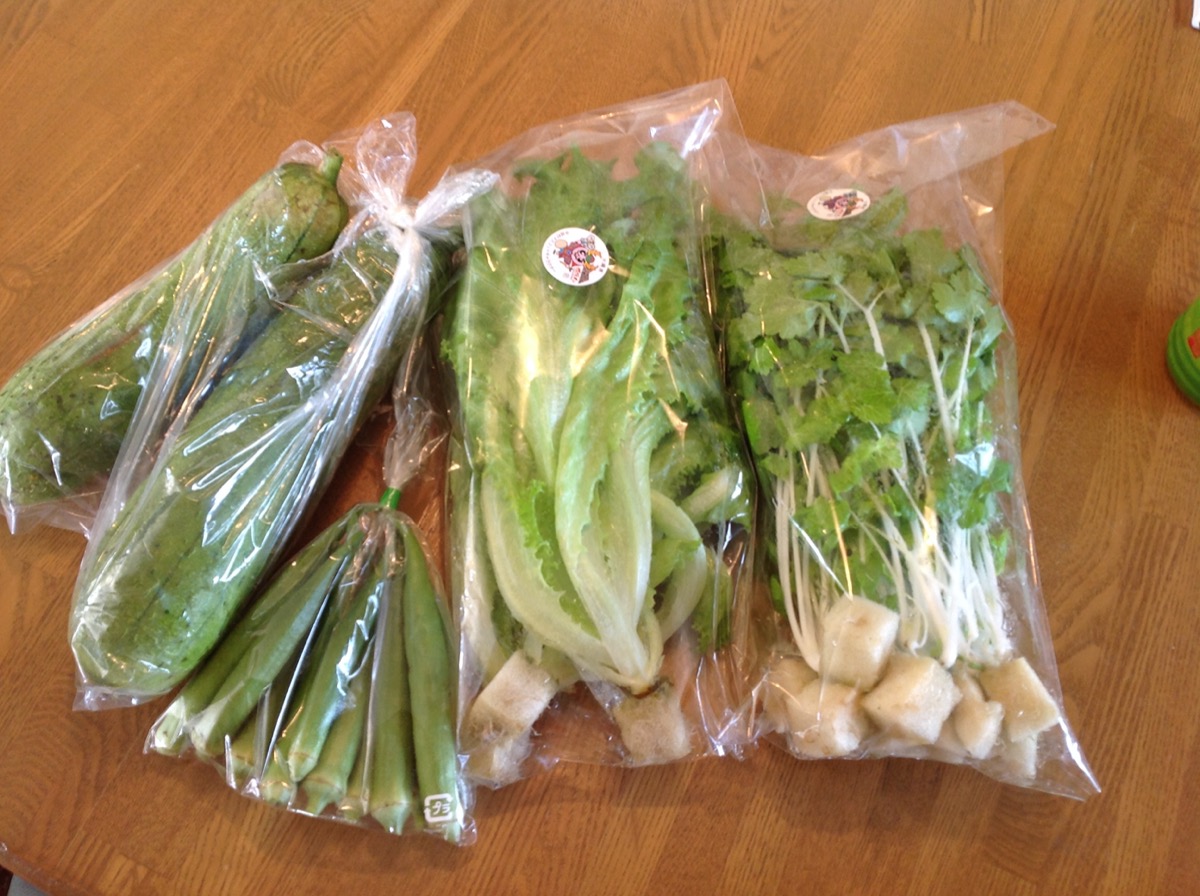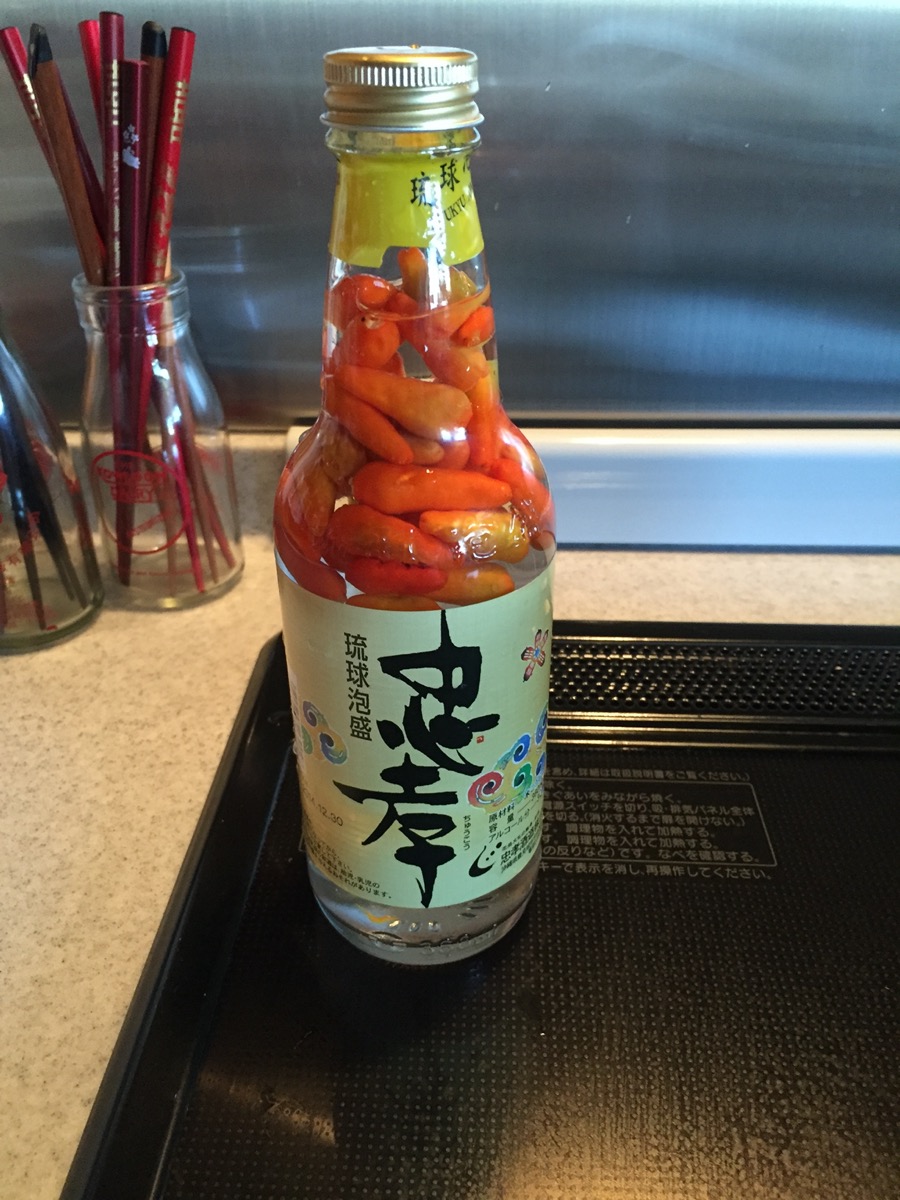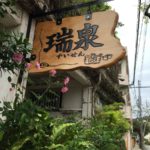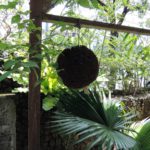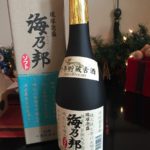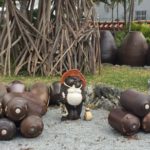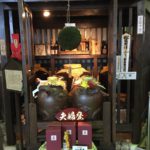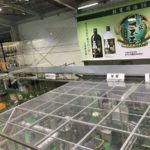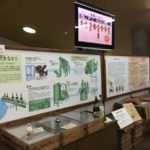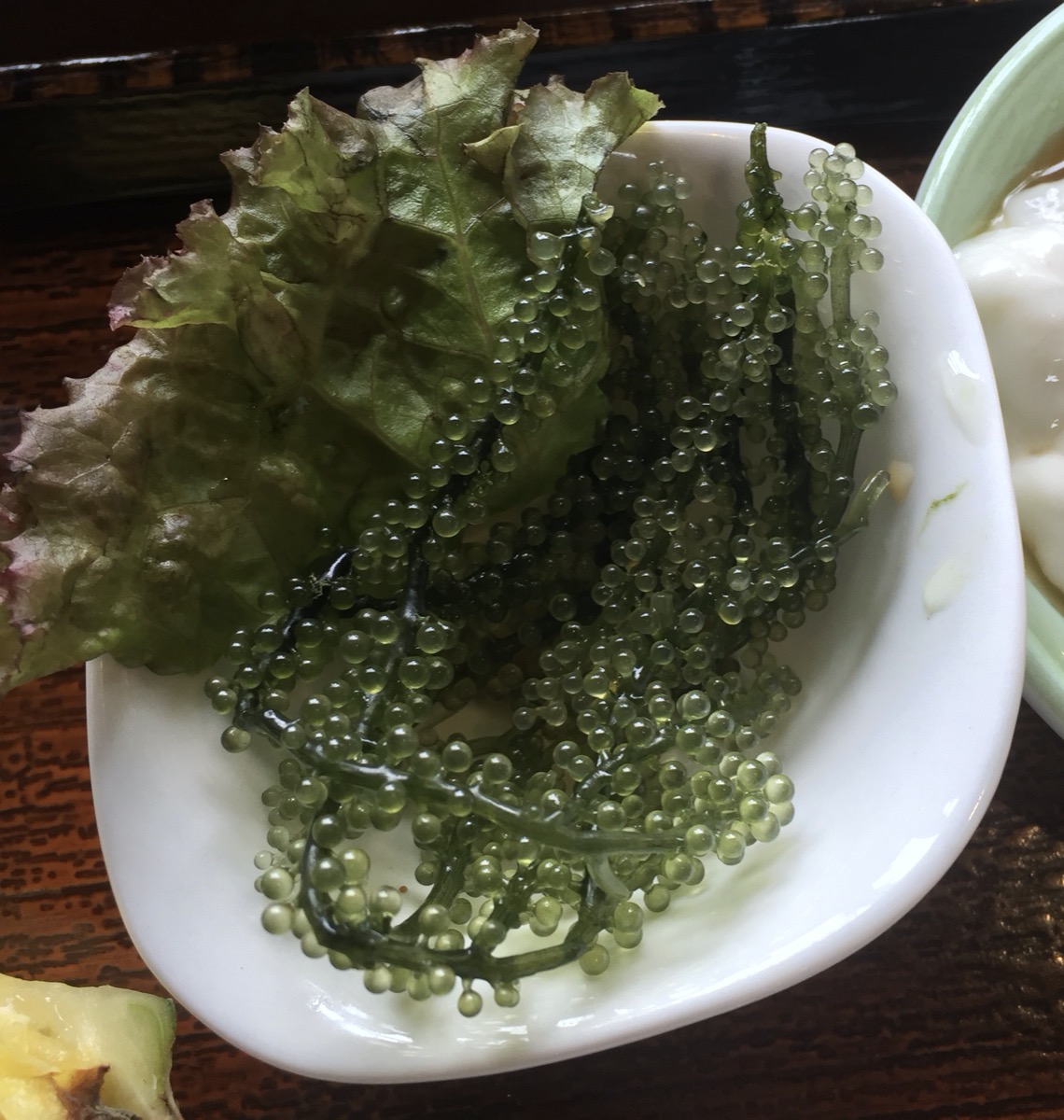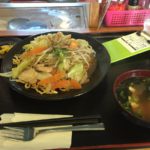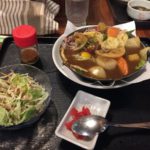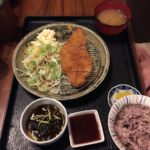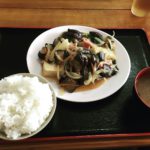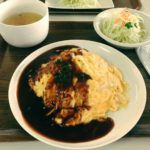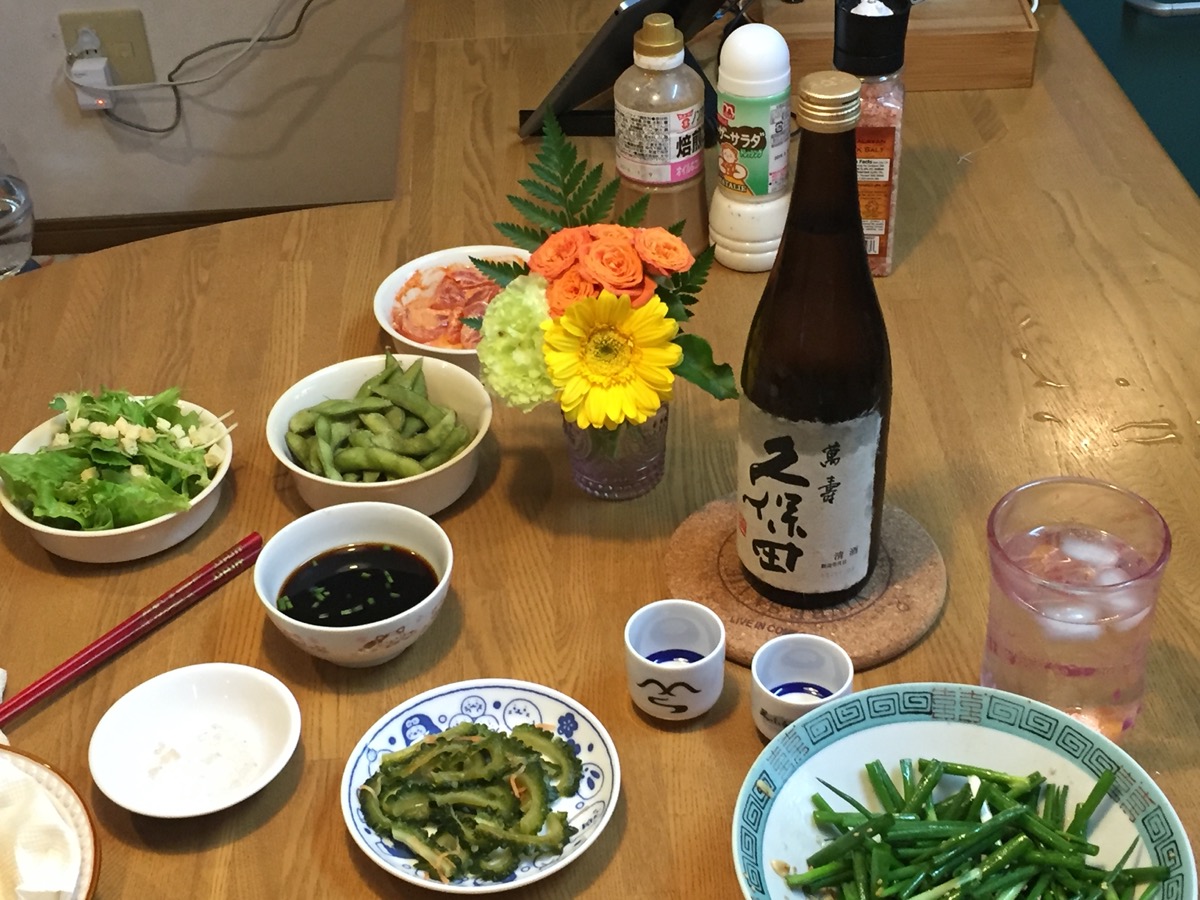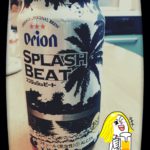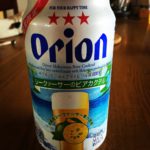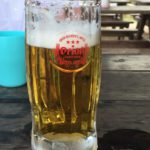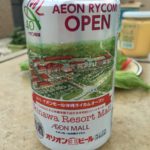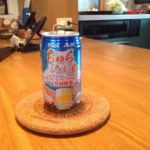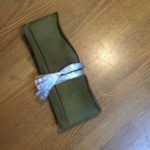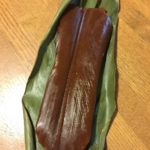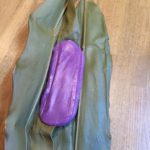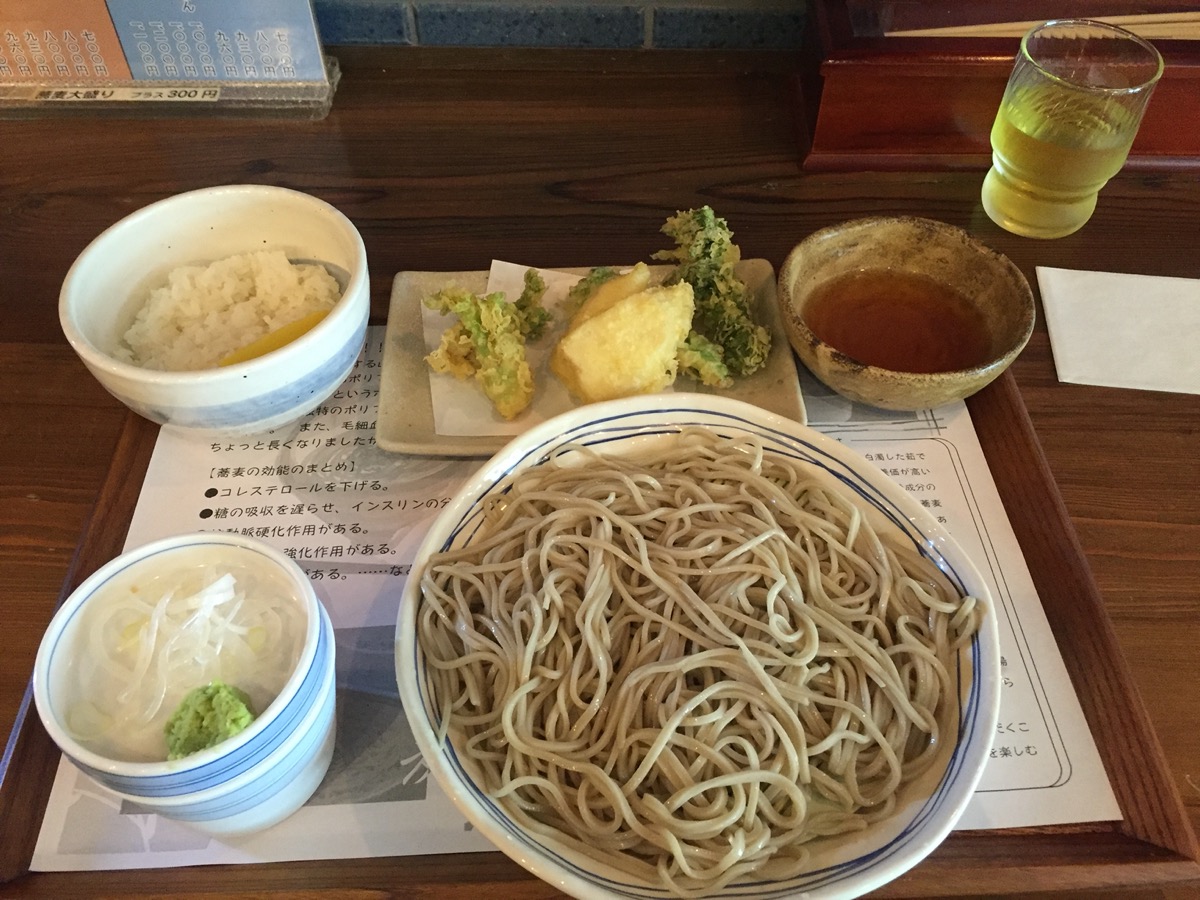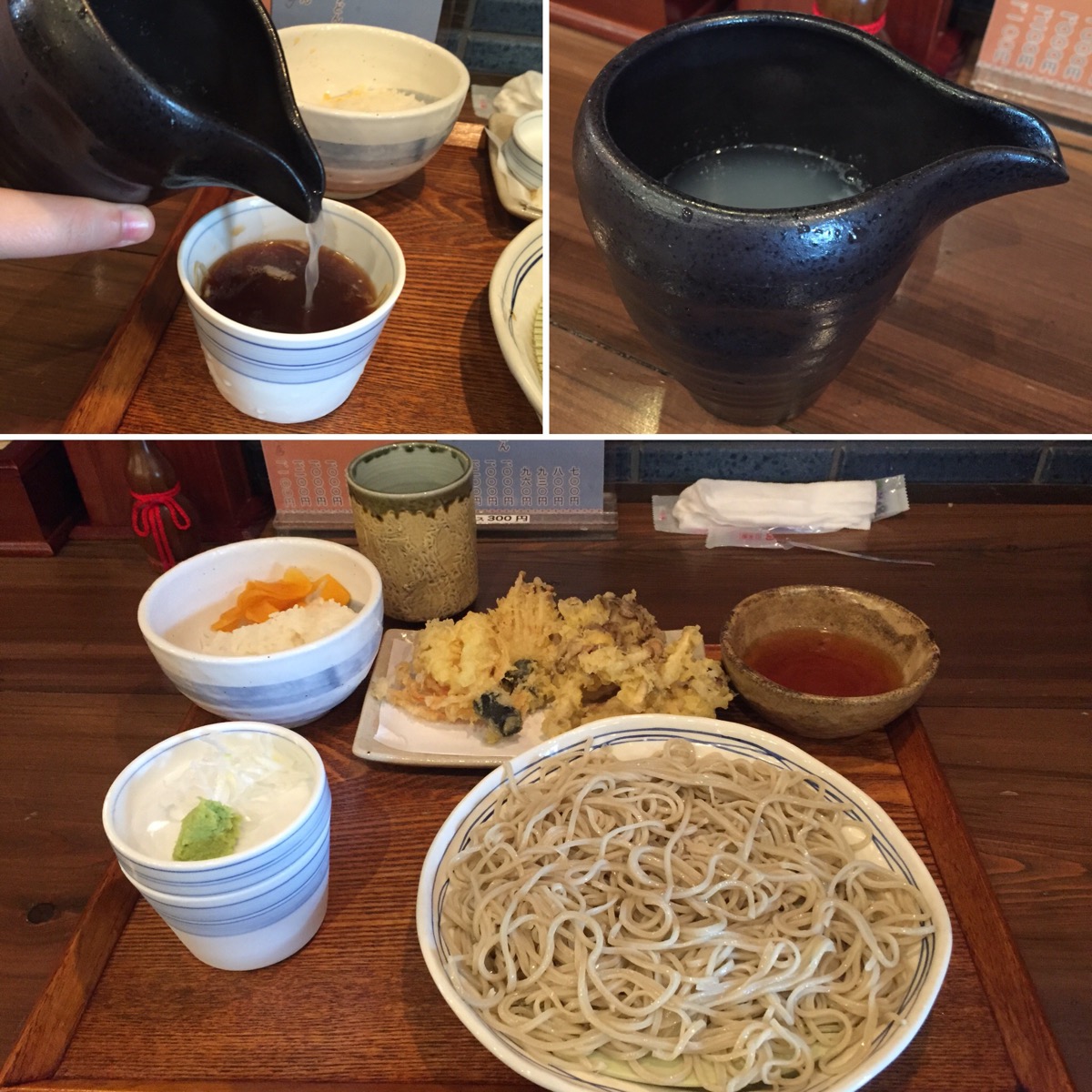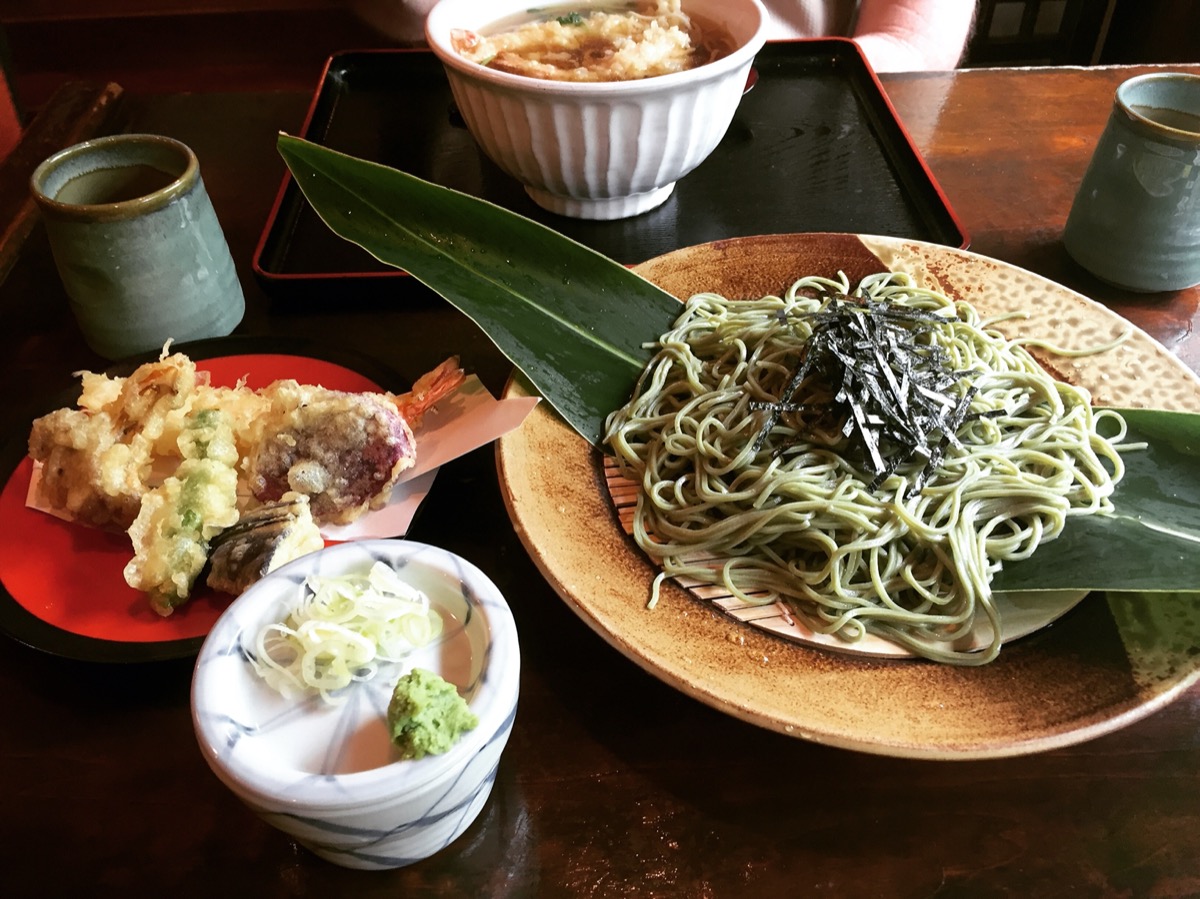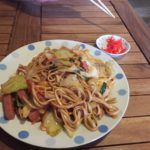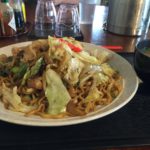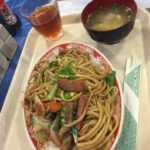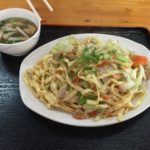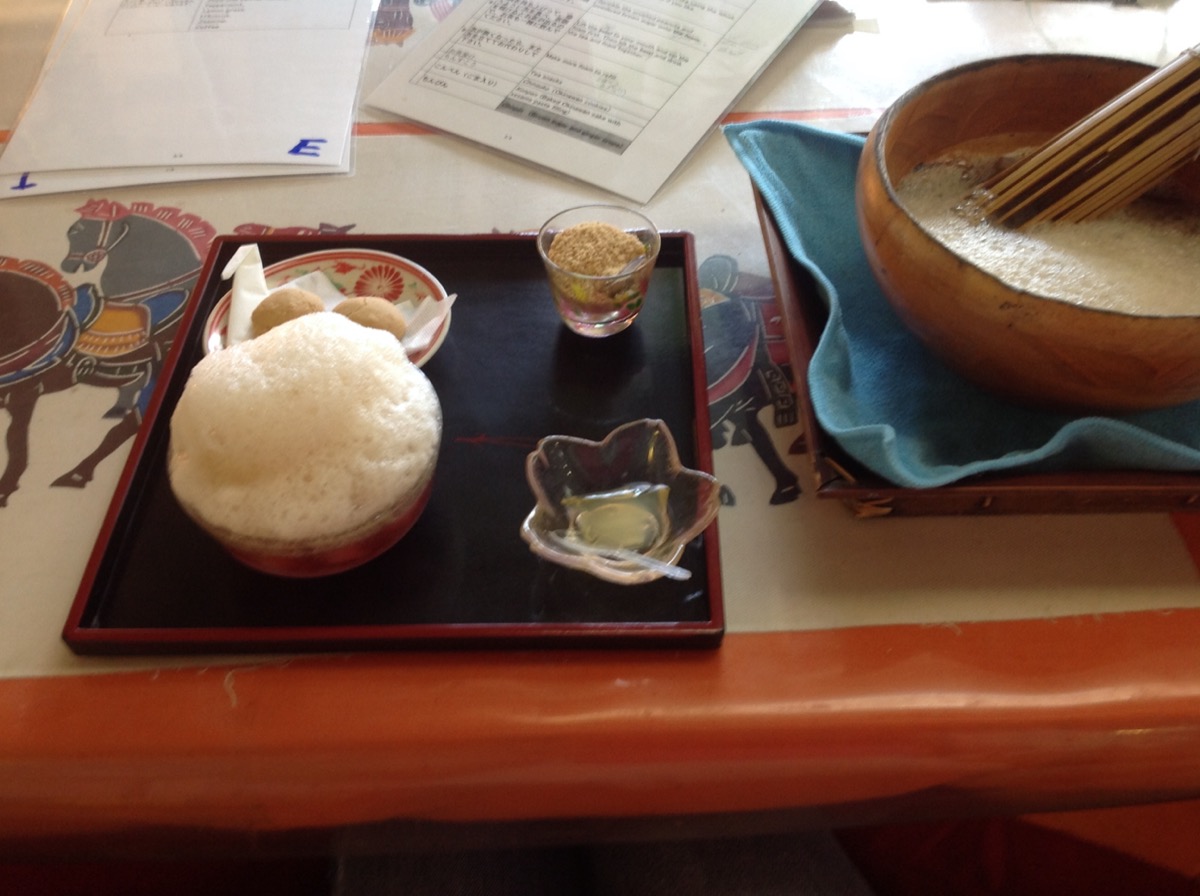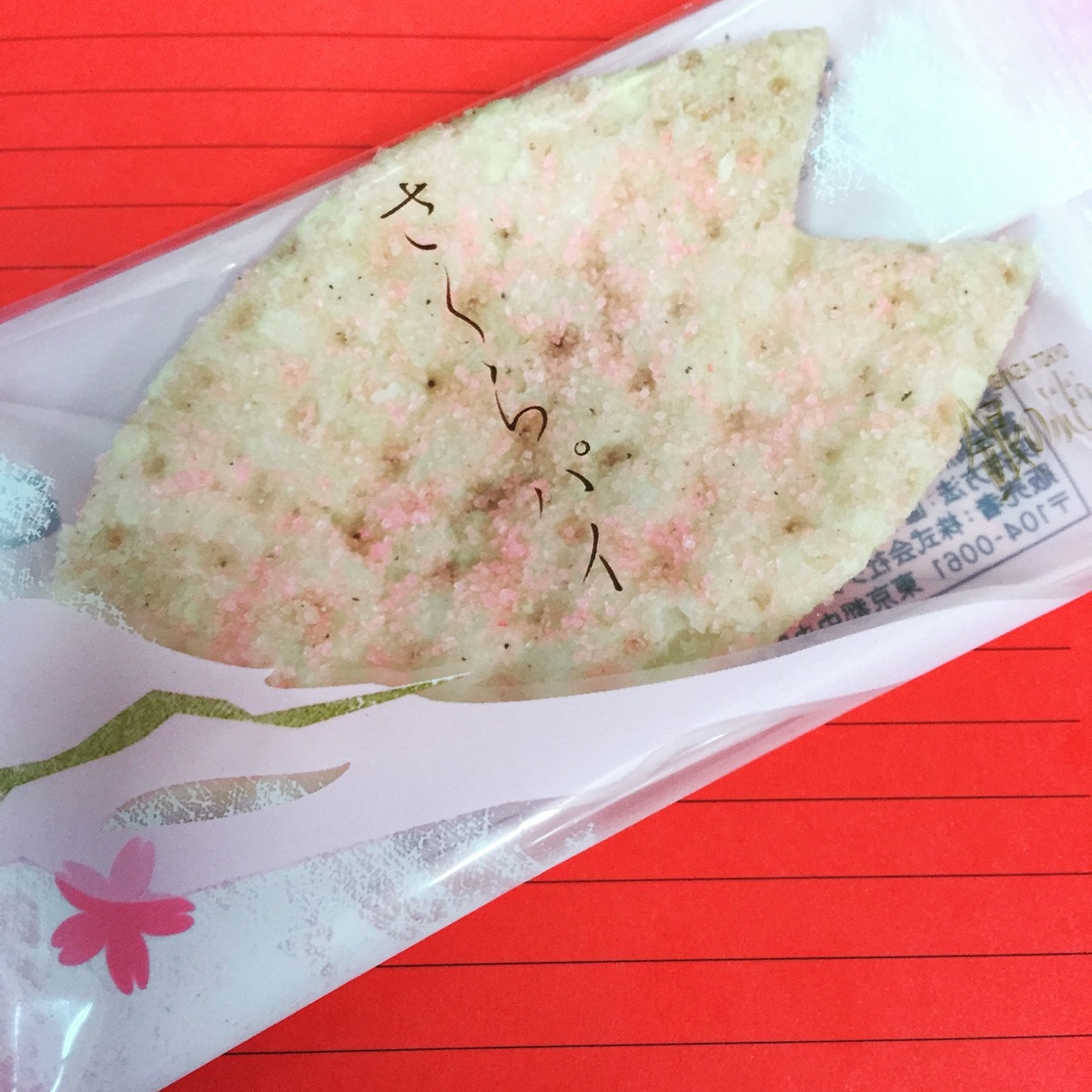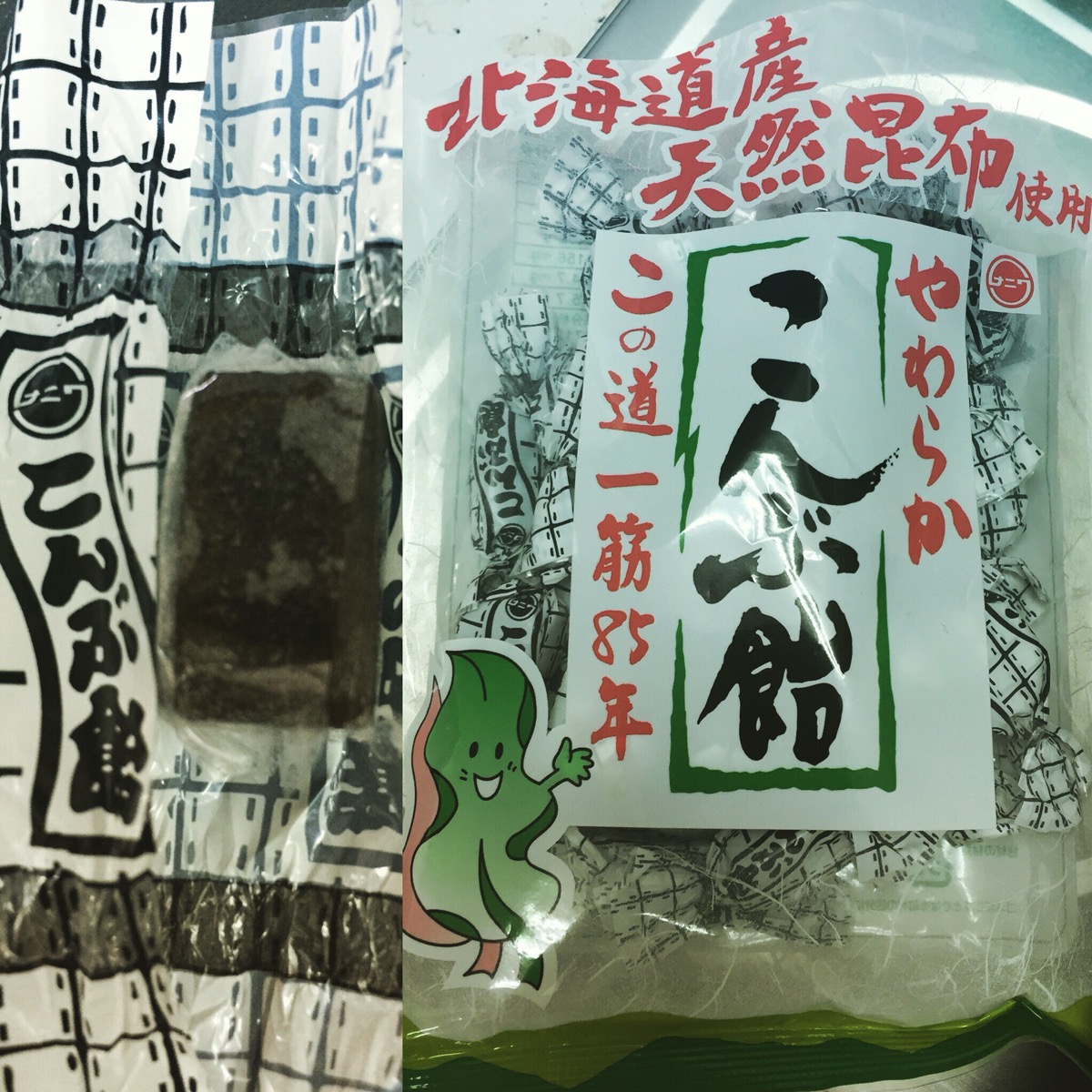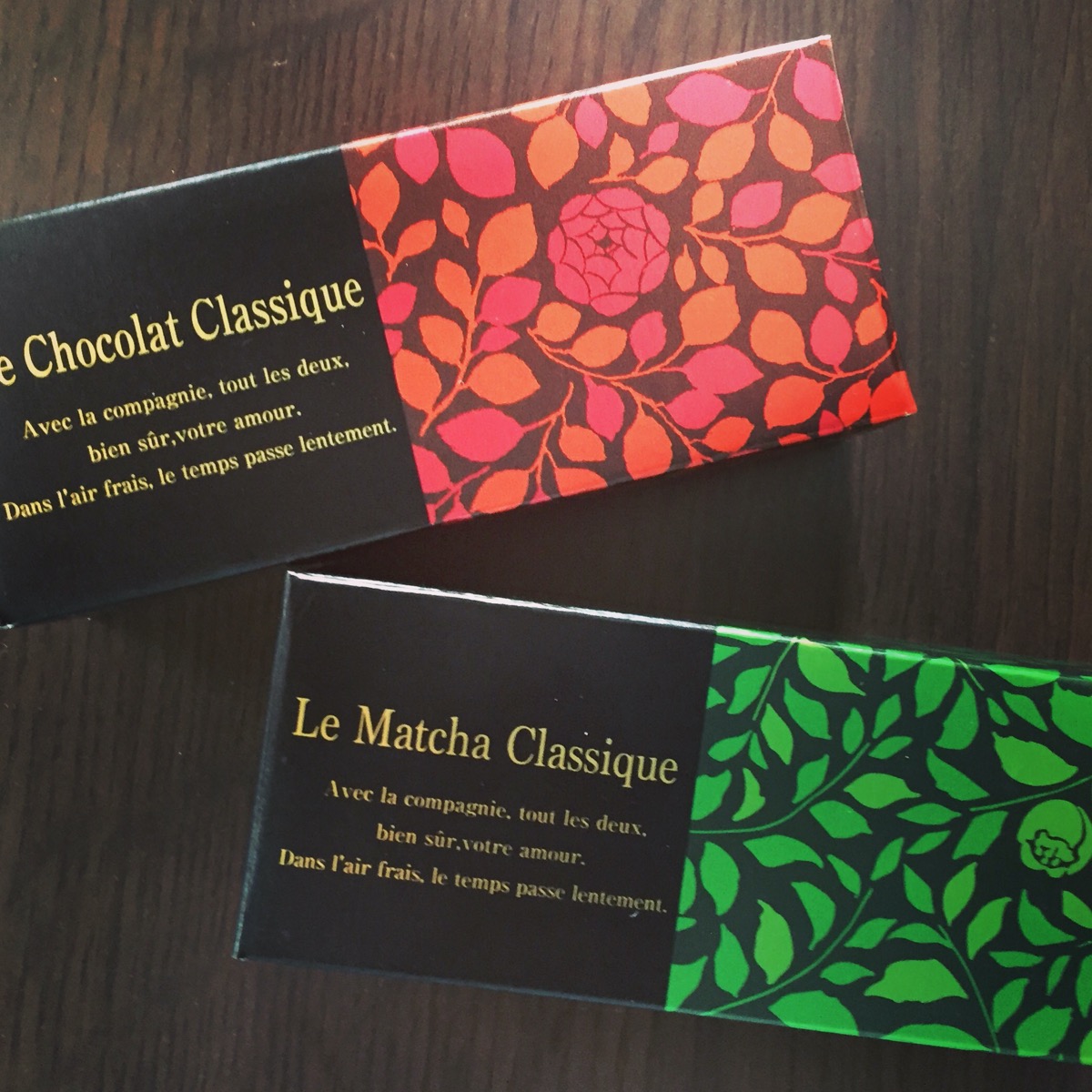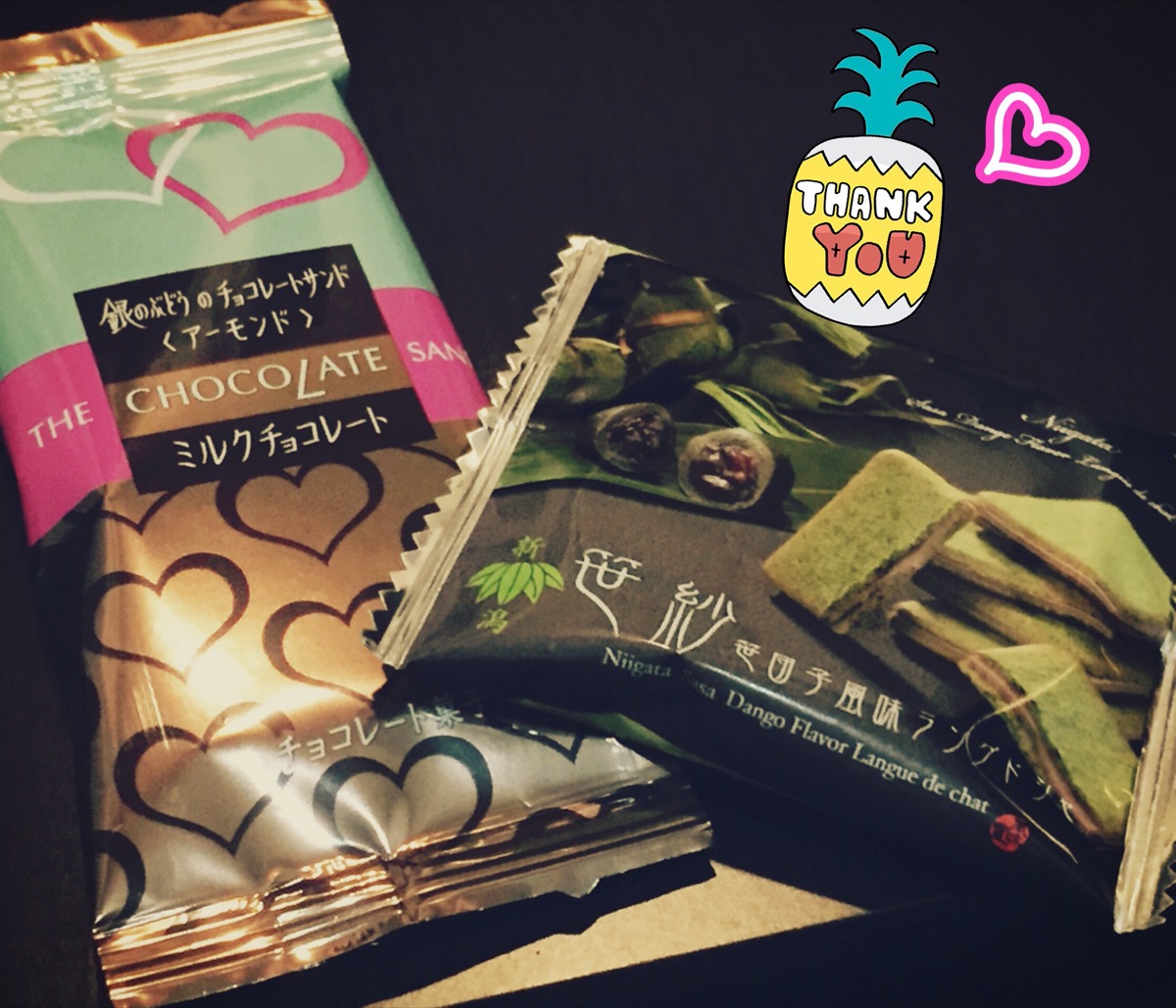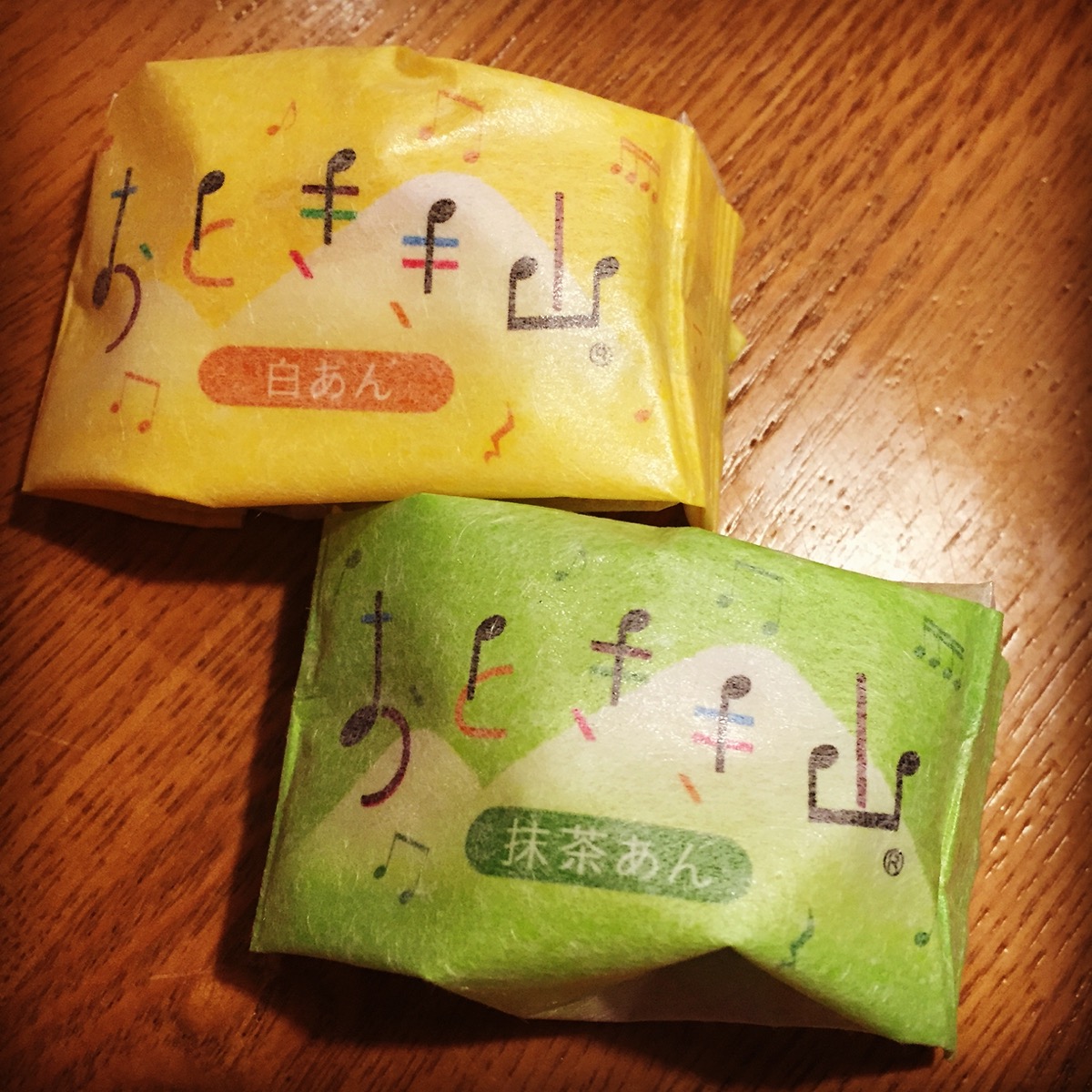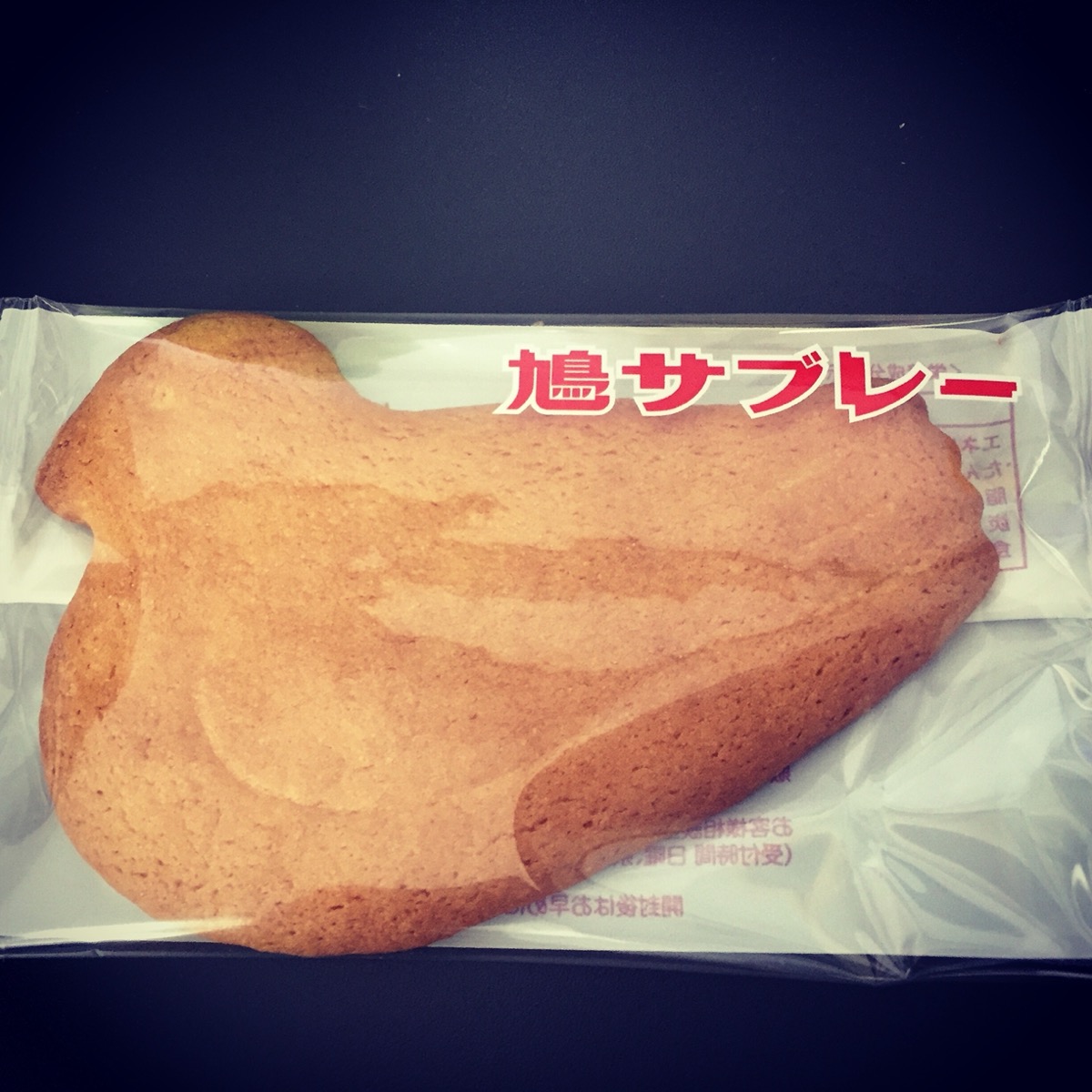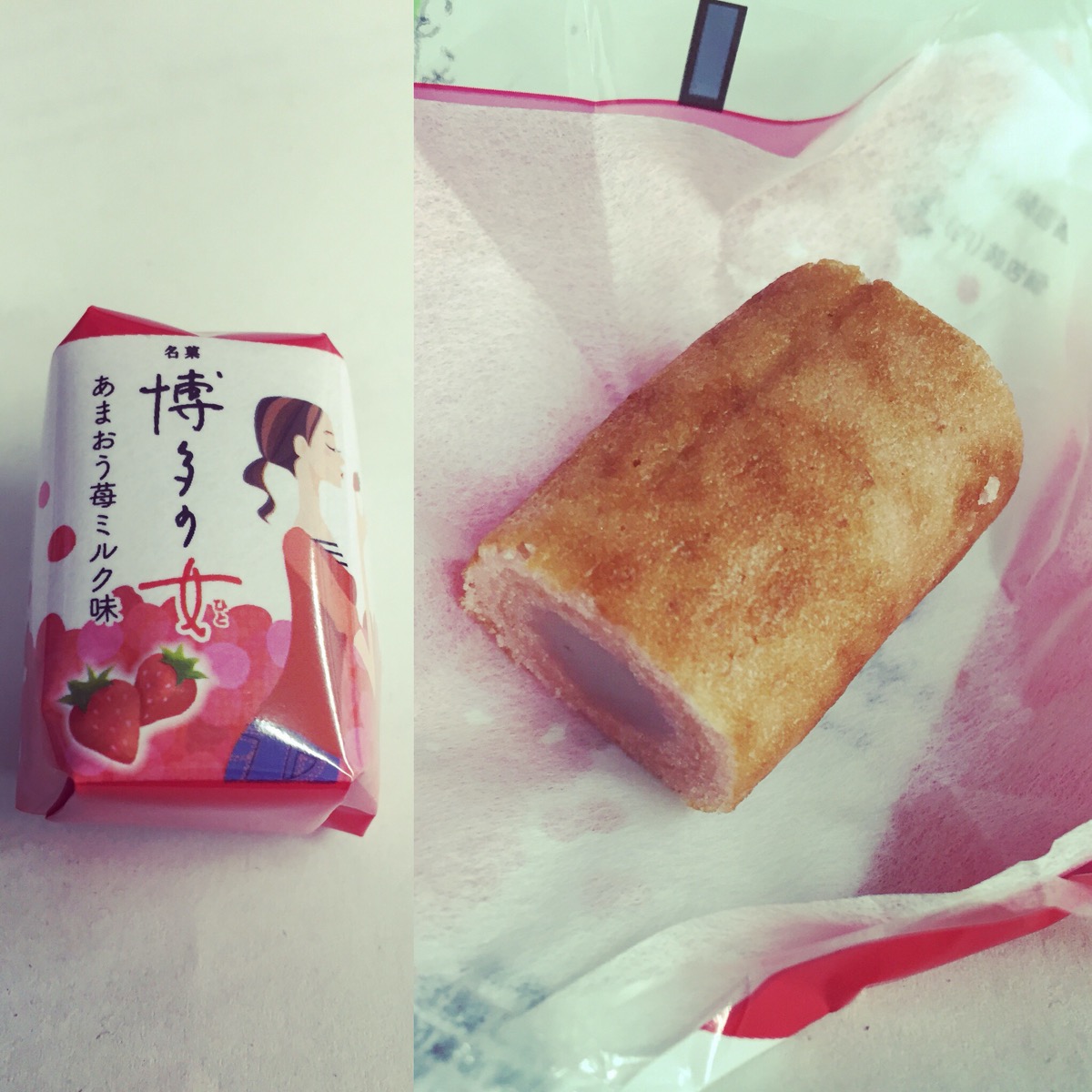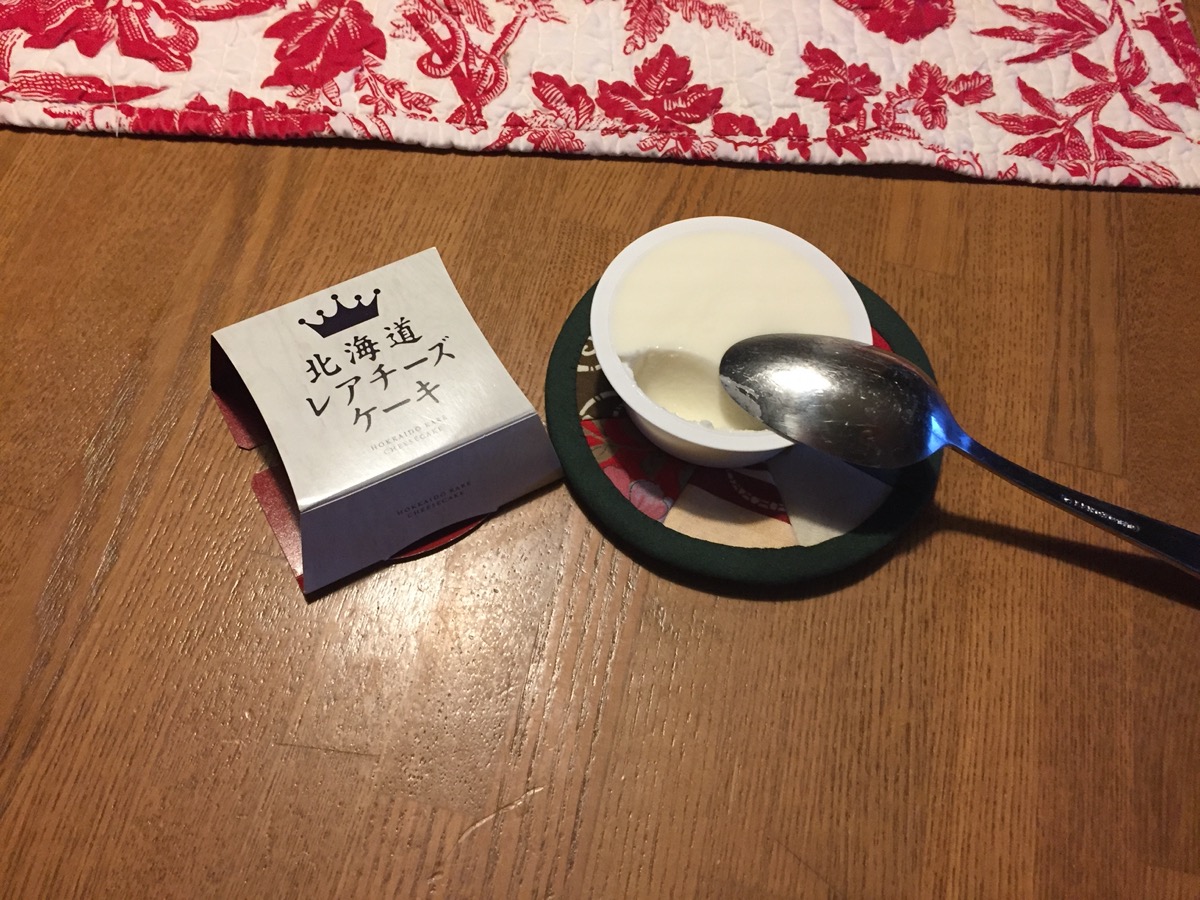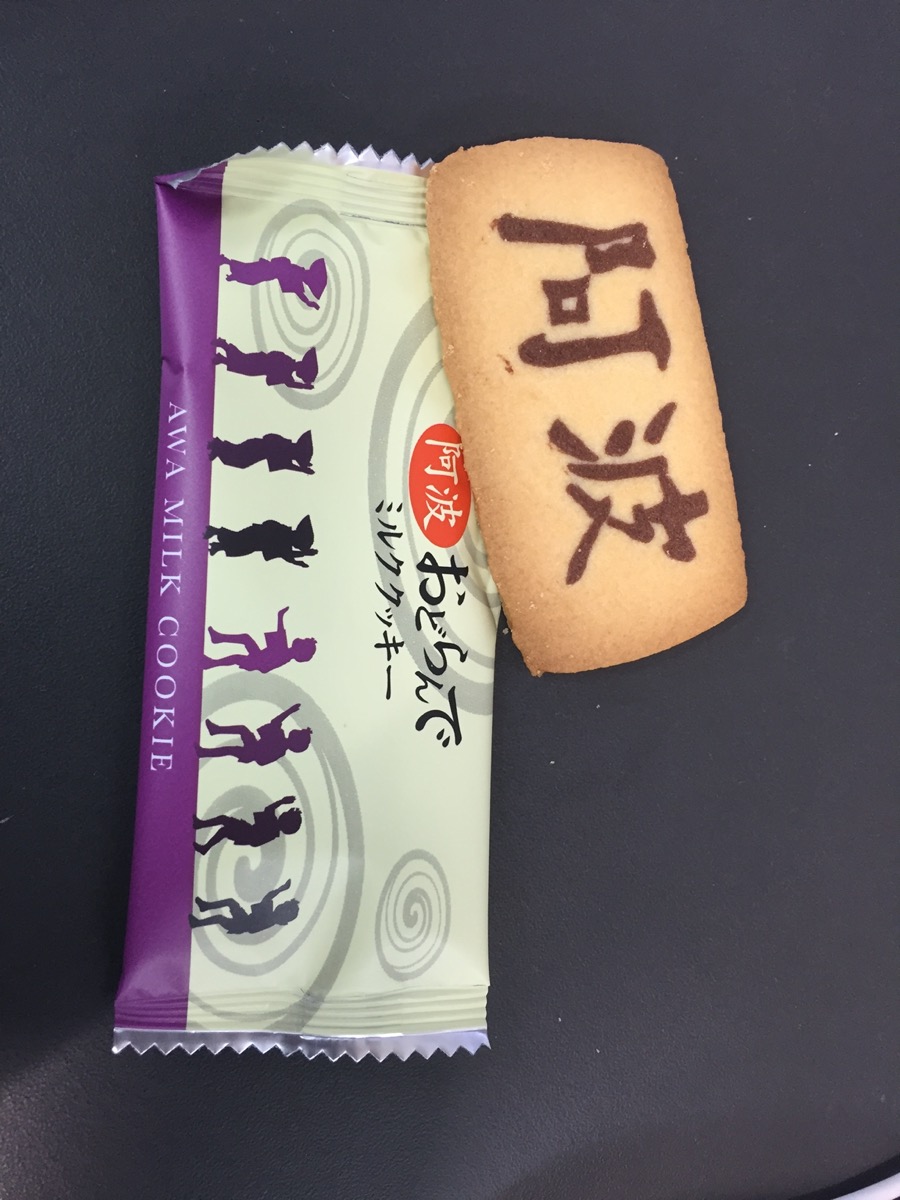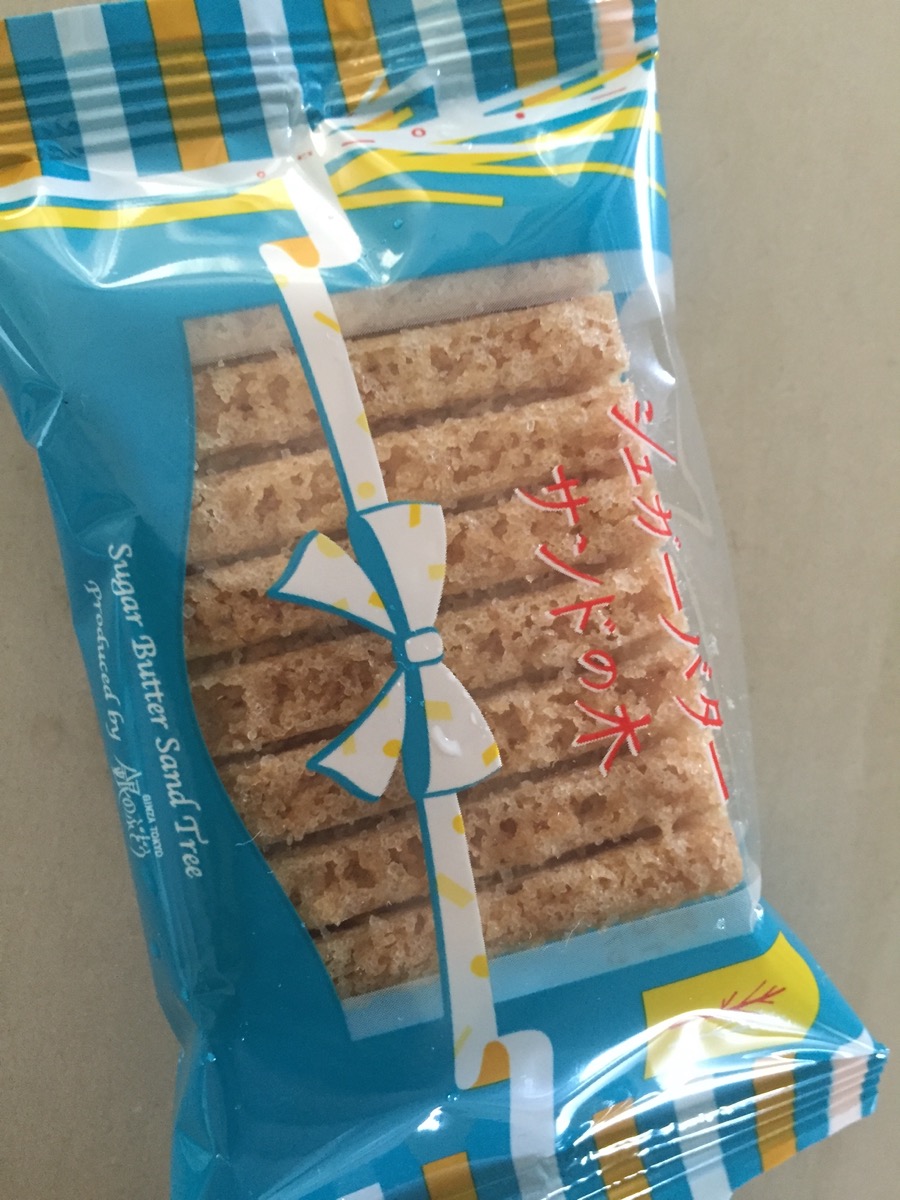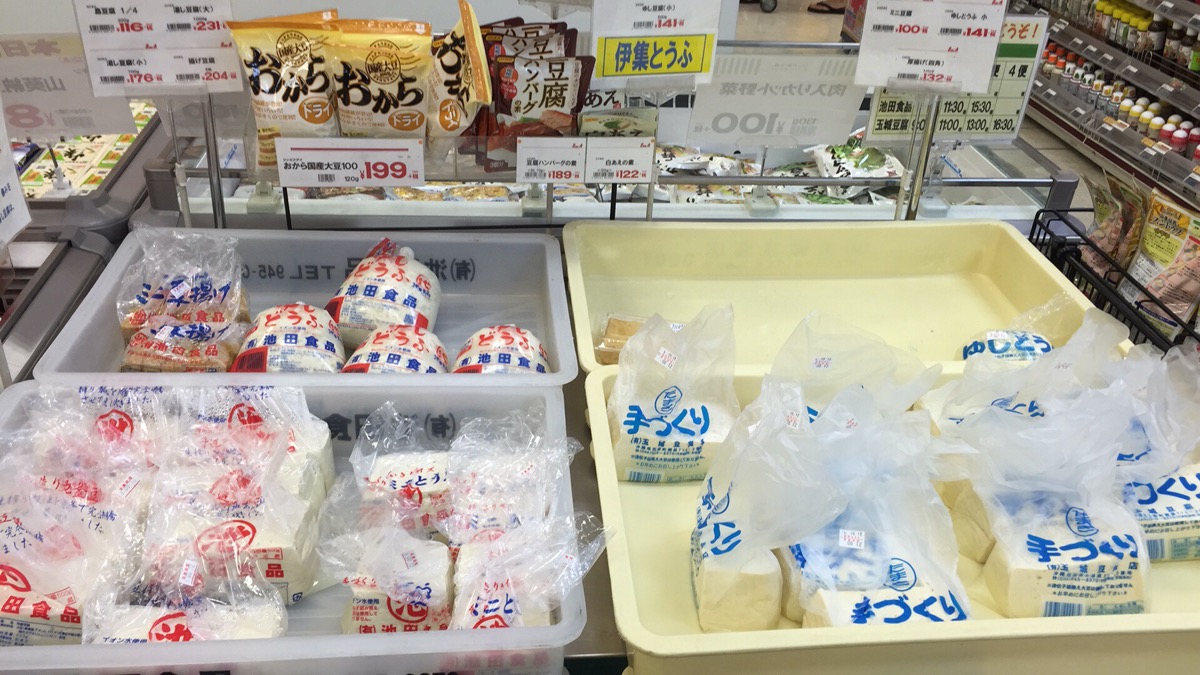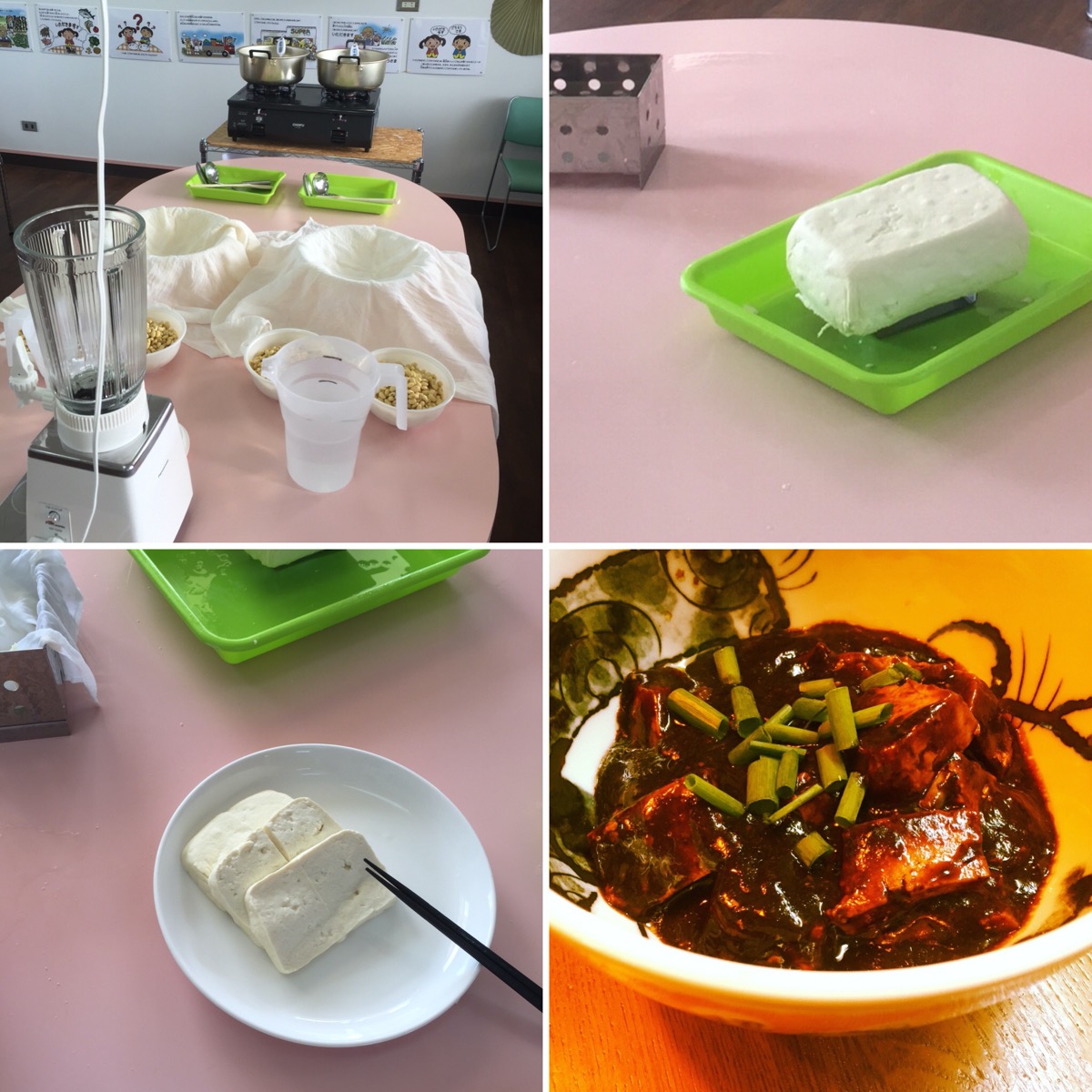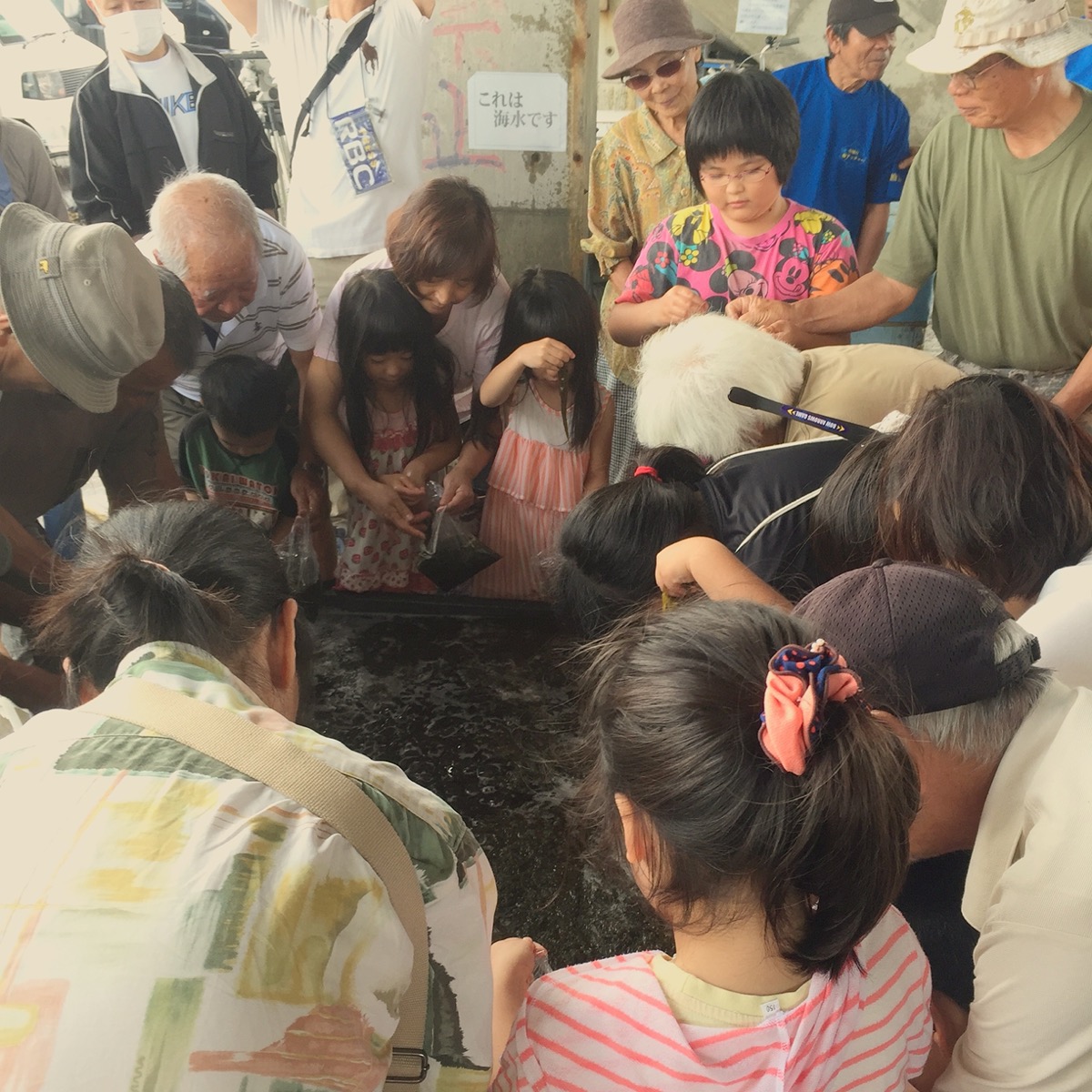スーパー “suupaa” is the Japanese-English name for grocery store.
In Okinawa, there are a few different grocery store chains, as well as a wealth of farmers markets. This is a list of the grocery stores you can find here in Okinawa.
*Many use romaji in their name instead of kana! Later I will try to add in their logos for quick recognition. If you copy and paste the Japanese name of the store into GoogleMaps it will show you the closest location to you.
SanA サンエー: This is a local chain; some are malls (with grocery) and some are just grocery stores. They are distinctive with the yellow sign with 3 red triangles. There is a point card that you can get at the information desk; for every 200円 you spend, you earn 1 point and after some obscene number of points you earn 1000円 discount certificate. You can only earn points when you pay cash (not credit card).
Kanehide かねひで: This chain has a green sign with 2 little orange birds. They are also part of a DIY store called Cainz.
Union ユニオン: This store has “UNION” in red lettering on front. Union often has low prices for many things, but perhaps lacks a bit in variety.
Gyomu Super 業務スーパー: This is an interesting store, with some imports and “bulk” items, even some halal items. I say “bulk” as this is Japanese bulk, not really Costco or anything. They usually do small restaurant supply type items.
Marudai 丸大: This chain has 3 birds on the logo. There are not very close to me, but they have good variety. There are quite a few near Naha, and one in Yomitan.
Ryubo リウボウ: Ryubo has recently been remodeling a few of the stores into more upscale versions… a lot of import items, rare items… expensive items. But some really nice variety when you want to find something special. I think some of the un-renovated stores still exist and are not quite as nice, but luckily I live near the newly redone versions.
APrice A-プライス: Another “bulk” store. The logo has a little red chef on it. Sometimes they have some import items, and interesting variety. I don’t go here on a regular basis, or with a list of needs… I usually just browse to see what they have that I want to cook with.
ACoop: This store is associated with JA (Japan Agriculture). I have a small branch within walking distance of my house. Despite being small, I can often find essentials here, but nothing fancy.
CO-OP: Not be confused with ACoop, this store has a red apple logo on it. I do not have any close to me, so it is a rare occasion that I go here. There are some organic items here, however. The workers often go to anti-military base protests, in case that bothers you. It does not bother me particularly, so if there was one close it probably would not stop me from shopping there.
Aeon イオン: Major mainland chain, malls and grocery stores. You can buy a Waon card and load it up with yen. Then if you use it to pay at check out, you earn points. Points earned turned into yen reloaded on your card. Plus it makes a cute barking sound when you pay. Overall, more expensive than some of the other chain groceries.
Aeon Big Express ザビッグエクスプレス: related to above, a more discount version. Usually nothing fancy, but it has the essentials.
MaxValueマックスバリュ: also related to above, another “discount” version, but usually a little nicer than the BigExpress.
Next time, perhaps a look at some of the farmers markets where the best prices on produce can be found.
